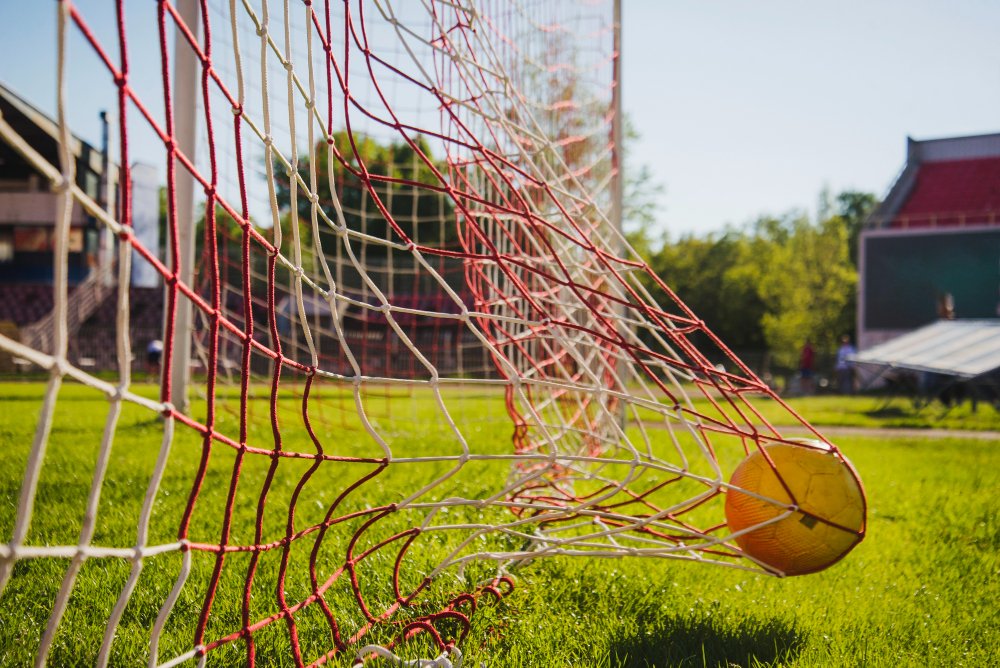Introduction
If you’re into baseball, whether as a player, coach, or fan, you’ve probably noticed baseball nets everywhere—on fields, in backyards, and at training facilities. But have you ever wondered why they’re so important and which type might be best for your needs? In this guide, we’ll break down everything you need to know about baseball nets: their types, uses, materials, and what to consider when buying one.
What Are Baseball Nets?
Baseball nets are specialized equipment designed to catch balls, contain practices, and protect players and bystanders. They come in a variety of forms, from simple backstop nets to complex batting cages, and play a vital role in making baseball safer and more efficient.
Importance of Baseball Nets in Training and Safety
Using a baseball net isn’t just about convenience; it’s about safety and training efficiency. They keep balls from flying off in every direction, reduce the risk of injury, and protect spectators. Baseball nets also allow players to practice various skills like pitching and hitting without needing a large open field, making them a go-to for training in limited spaces.
Different Types of Baseball Nets
Understanding the types of baseball nets available can help you decide which one is ideal for your training or recreational needs.
Hitting Nets
Hitting nets are perfect for batters looking to refine their swing. They catch the ball right after it’s hit, preventing long retrieval times and allowing for continuous practice.
Pitching Nets
Pitching nets are often designed with a target zone, helping pitchers practice accuracy and speed. Some models include rebound options, so you don’t have to retrieve every pitch.
Backstop Nets
Backstop nets are large nets placed behind the batter or catcher to catch stray balls. They are crucial for field safety and are common on professional and amateur fields alike.
Barrier Nets
Barrier nets can be used in various settings to prevent balls from leaving a designated area. They are especially useful in fields with limited space or to separate training zones.
Batting Cage Nets
Batting cage nets are complete enclosures, creating a safe space for hitting practice without worrying about balls going astray. These nets are popular for both indoor and outdoor use.
Material Choices for Baseball Nets
Choosing the right material for your baseball net will largely depend on where you plan to use it and how frequently.
Nylon Nets
Nylon is a strong and flexible material, making it highly durable and suitable for outdoor conditions. However, nylon may degrade under prolonged exposure to sunlight unless it’s UV-treated.
Polyethylene Nets
Polyethylene nets are resistant to weather and UV rays, making them ideal for outdoor use. These nets are also generally more affordable than nylon options, though slightly less flexible.
UV-Resistant Options
UV-resistant nets are treated to withstand sunlight without degrading, making them suitable for long-term outdoor use.
How to Choose the Right Baseball Net for Your Needs
Selecting the right baseball net involves thinking about the type of training you’ll be doing, the available space, and whether you’ll be setting it up indoors or outdoors.
Considerations for Size and Space
The net’s size should correspond to your training area. For instance, a small hitting net might be perfect for a backyard, while a larger backstop or cage is ideal for a baseball field or training facility.
Indoor vs. Outdoor Use
Some nets are designed specifically for outdoor use and come with UV resistance, while others are optimized for indoor training. Make sure the net you choose fits your location needs.
Top Features to Look for in Quality Baseball Nets
When looking for a good baseball net, there are several features that make a difference in performance and longevity.
Durability
The material and build quality directly impact how long the net will last. High-tensile materials like nylon or polyethylene are generally the most durable.
Portability
If you need to move your net around, look for models that are lightweight and come with easy-to-assemble frames.
Stability
Make sure the net can stay in place, especially during intense training sessions. Heavier frames or ground stakes can provide the needed stability.
Best Practices for Setting Up Baseball Nets
Setting up a baseball net correctly ensures its stability and longevity. Always secure the frame and follow the manufacturer’s instructions for setup. Indoor setups may require more anchors or weight bags, while outdoor setups benefit from ground stakes.
Maintenance Tips for Prolonging Net Lifespan
Regular maintenance is essential to keep your baseball net in good shape. Check for any fraying or weak spots, especially after intense training. For outdoor nets, bring them indoors during extreme weather to prevent damage.
Cost Factors and Budgeting for Baseball Nets
Baseball nets come in a range of prices, from budget options to premium models. Factors like size, material, and brand play a role in pricing. It’s a good idea to set a budget based on your specific needs.
Popular Brands and Options Available
Some popular brands that make high-quality baseball nets include Bownet, PowerNet, and Rukket. Each brand offers different models for a variety of skill levels and needs.
Advantages of Using Baseball Nets in Training
Baseball nets streamline training, allowing players to hone their skills in a controlled environment. With a net, players can focus on their technique without constantly retrieving balls, leading to more efficient practices.
Conclusion
Baseball nets are indispensable tools for both casual players and professionals. They enhance safety, improve training efficiency, and allow for versatile practice sessions. Whether you’re setting up in your backyard or at a full-sized field, understanding the different types of baseball nets and their uses will help you make an informed choice that fits your needs.



